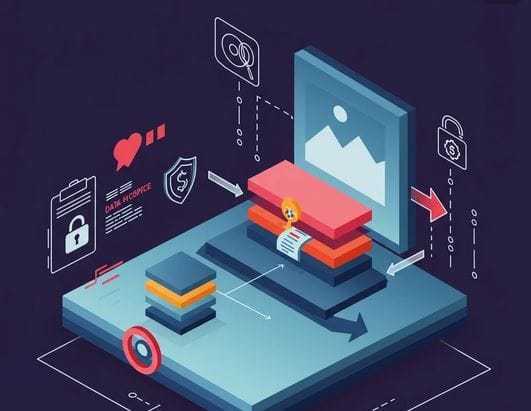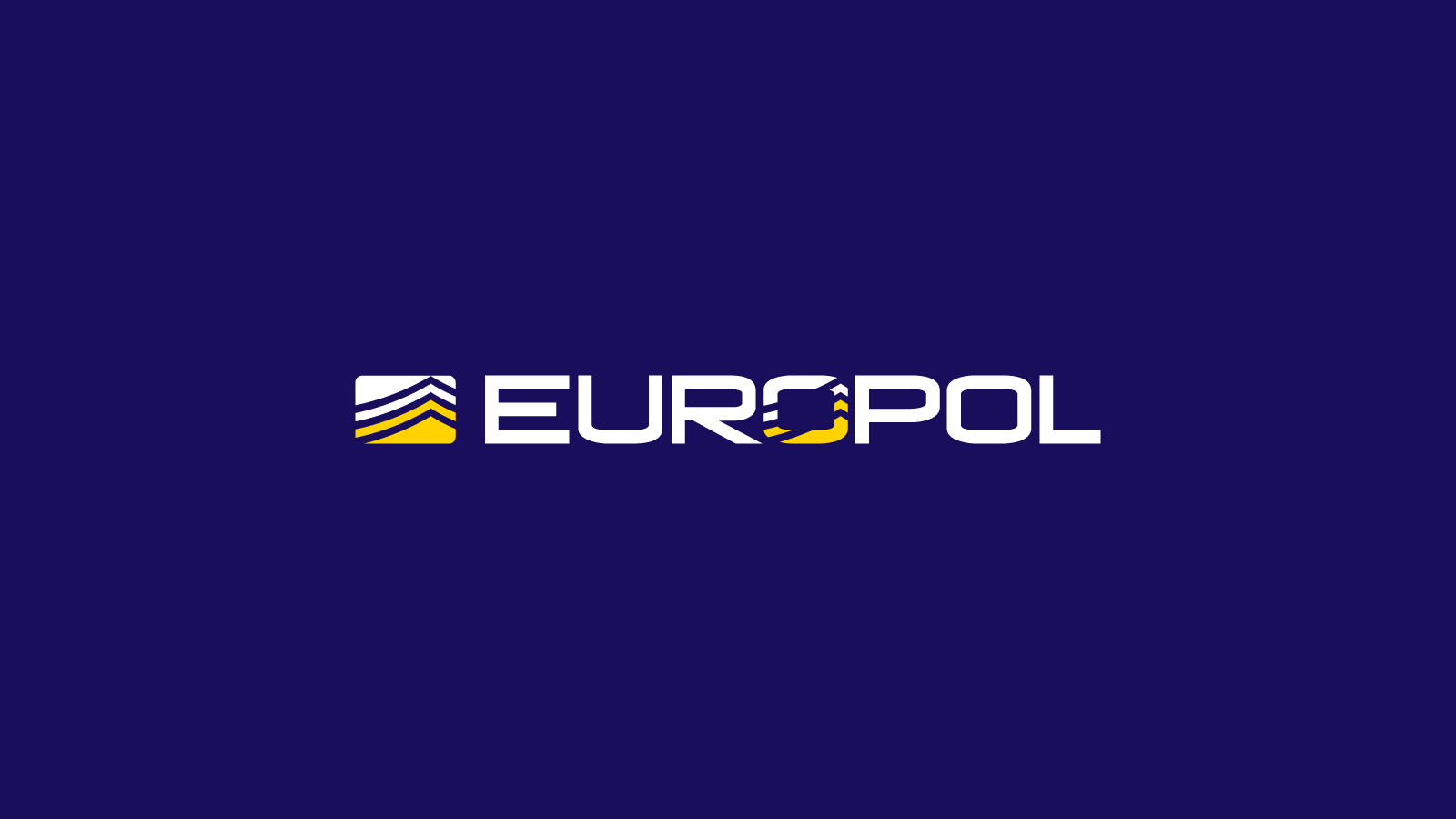- The CyberLens Newsletter
- Posts
- “Malware-as-a-Service (MaaS) and How to Stop It”
“Malware-as-a-Service (MaaS) and How to Stop It”
How the Gig Economy of Cyber-Crime is Fueling a New Wave of Attacks—and What You Can Do to Stay Ahead
Find out why 1M+ professionals read Superhuman AI daily.
In 2 years you will be working for AI
Or an AI will be working for you
Here's how you can future-proof yourself:
Join the Superhuman AI newsletter – read by 1M+ people at top companies
Master AI tools, tutorials, and news in just 3 minutes a day
Become 10X more productive using AI
Join 1,000,000+ pros at companies like Google, Meta, and Amazon that are using AI to get ahead.
Interesting Tech Fact:
A rare and little-known fact about Malware-as-a-Service (MaaS) is that some of the most sophisticated MaaS platforms now operate with integrated customer reputation scoring systems, similar to credit scores, to evaluate the reliability and “trustworthiness” of cyber-criminal clients. These scores determine whether a buyer can access premium features, launch higher-scale attacks, or receive priority technical support. Ironically mimicking legitimate SaaS business models, these scoring systems use past activity, payment history, and customer reviews—effectively turning the cyber-crime world into a fully gamified economy where bad actors are vetted and rated for “professionalism” before being allowed to cause digital havoc.
Introduction
In the shadowy corners of the cyber underworld, a sinister industry is booming—Malware-as-a-Service (MaaS). Much like legitimate Software-as-a-Service (SaaS) platforms that power businesses around the globe, MaaS is democratizing cybercrime, offering scalable, user-friendly access to powerful malicious tools. For as little as $50, even novice hackers can now deploy ransomware, keyloggers, spyware, botnets, and trojans with frightening ease and devastating consequences.
Today, we peel back the layers of the MaaS ecosystem, unveiling the technical infrastructure, threat vectors, distribution channels, and preventive countermeasures that cybersecurity professionals must understand and act upon—immediately.

What Is Malware-as-a-Service?
Malware-as-a-Service refers to the commercialization of malware, where developers create, maintain, and lease out malicious software to clients, typically through darknet marketplaces or encrypted Telegram and Discord channels. These criminal enterprises often operate with the same professionalism, support, user dashboards, and pricing tiers as legitimate tech companies.
MaaS providers offer packages that include:
Ransomware payloads with customizable encryption techniques
Remote Access Trojans (RATs) with screen and keyboard capture
Credential stealers targeting browsers, FTPs, and email clients
Keyloggers, info stealers, and rootkits
Phishing kits with pre-built templates and spoofed domains
Command-and-control (C2) servers as a service
Subscription-based updates and customer support
With a few clicks, cyber-criminals can deploy attacks on thousands of machines worldwide—no coding experience required.
How Does Malware-as-a-Service Work?
MaaS operates on a franchise or reseller model. Here's how it typically unfolds:
1. Developer Creates the Malware
At the top of the chain is the developer or team that builds the malware and maintains the codebase. These individuals usually remain anonymous and sell access to the malware on darknet forums or through private invites.
2. Platform Launches on the Dark Web
These services are marketed with demos, FAQs, affiliate programs, and customer reviews. They offer easy access to C2 dashboards, licensing options, malware builder GUIs, and optional hosting services to run payloads anonymously.
3. Customers Buy Access
Threat actors, ranging from nation-states to script kiddies, can purchase or subscribe to the malware platform. Some models offer:
One-time purchases
Monthly subscriptions
Pay-per-install (PPI) pricing
Affiliate revenue splits for infected machines
4. Attack Campaign Deployment
Once acquired, the buyer typically injects the malware into phishing emails, fake downloads, or exploit kits embedded in compromised websites. Many services come with tutorials on crafting phishing lures, redirect links, or bypassing antivirus tools.
5. Post-Infection Monetization
The final step is monetizing the compromised system:
Encrypt files and demand ransom
Sell stolen credentials on dark markets
Use infected machines in DDoS-for-hire botnets
Install additional payloads for mining crypto or exfiltrating sensitive data
Some MaaS operations even include "ransom negotiation services", handling payments and decryption keys on behalf of their customers.

Advanced Techniques Used in MaaS Campaigns
Today's MaaS providers are not simply peddling crude, outdated malware. They're offering stealthy, polymorphic, and AI-assisted threats designed to bypass detection and rapidly propagate.
1. Polymorphic Malware
These variants continuously alter their code signature to evade antivirus programs. Advanced MaaS kits include polymorphic engines that update the malware on each install.
2. Fileless Malware
MaaS is increasingly embracing fileless malware, which lives in system memory and uses native Windows tools like PowerShell or WMI to execute commands. These are notoriously hard to detect and remove.
3. Encrypted Command-and-Control Channels
Instead of traditional HTTP, modern MaaS tools use TLS-encrypted channels, DNS tunneling, or even Telegram bots to relay commands and exfiltrate data without raising red flags.
4. AI and ML Automation
Some sophisticated kits include machine learning algorithms that adapt attack vectors based on user behavior, security posture, or endpoint defense mechanisms.
5. Geofencing and Anti-Analysis
MaaS payloads now feature sandbox detection, VM evasion, and geofencing to avoid infecting systems in certain countries or research labs—often to reduce exposure and avoid law enforcement.
Real-World Incidents Powered by MaaS
Several recent global cyberattacks trace back to MaaS platforms:
RedLine Stealer and Raccoon Stealer were offered as MaaS and used to steal credentials from millions of users.
Egregor Ransomware, responsible for crippling companies like Barnes & Noble, operated on a RaaS (Ransomware-as-a-Service) model.
Flubot, a powerful mobile banking trojan, was distributed via MaaS to target Android devices across Europe and Asia.
The accessibility of MaaS has turned sophisticated cyberattacks into a low-barrier operation for virtually anyone with malicious intent.

Why MaaS Is So Dangerous?
MaaS is a force multiplier for cyber-crime. It:
Lowers the technical barrier for entry
Accelerates global distribution of malware
Enables targeted, persistent, and evasive attacks
Fuels a thriving criminal economy with minimal risk for the developers
Blurs the lines between advanced persistent threats (APTs) and everyday cyber-criminals
It’s no longer about who you are, but how well you're protected.

How to Prevent and Defend Against Malware-as-a-Service
MaaS is not an unstoppable juggernaut—it can be mitigated with strategic cybersecurity practices, advanced tooling, and a proactive defense mindset.
1. Zero Trust Architecture
Implement Zero Trust principles: verify everything, trust nothing. Segment networks, enforce least privilege access, and require continuous identity validation.
2. Endpoint Detection and Response (EDR)
Deploy advanced EDR tools that monitor for behavioral anomalies, not just static malware signatures. Fileless and polymorphic malware often exhibit suspicious behaviors EDRs are designed to detect.
3. Threat Intelligence Feeds
Use real-time threat intelligence to track indicators of compromise (IOCs), domain/IP blacklists, and known MaaS kits. Integrate threat feeds into SIEM systems for automated alerting.
4. Employee Training and Phishing Simulations
Humans remain the weakest link. Train employees to recognize social engineering attacks and run regular phishing simulations to improve vigilance.
5. Secure Email Gateways and URL Filtering
Block malicious email attachments and suspicious URLs before they reach the inbox. Many MaaS campaigns still rely on phishing as the delivery vector.
6. Patch Management and Vulnerability Scanning
Stay up-to-date with OS, browser, and software patches. Many MaaS campaigns exploit known vulnerabilities (e.g., EternalBlue, Log4Shell) to deploy malware silently.
7. Dark Web Monitoring
Monitor underground forums and marketplaces for mentions of your organization, leaked credentials, or emerging MaaS kits relevant to your industry.
8. Incident Response Playbooks
Develop and test incident response playbooks specific to ransomware, data breaches, and C2 exfiltration. Speed and preparation make the difference between containment and catastrophe.

Final Thoughts
Malware-as-a-Service has fundamentally changed the threat landscape. What once required weeks of coding and expert-level knowledge is now available on-demand for a modest fee. Cyber-criminals are collaborating, scaling, and innovating faster than ever before.
But defenders are not powerless.
By adopting a layered, intelligence-driven security posture and remaining vigilant against this new frontier of plug-and-play cybercrime, organizations can stay one step ahead in the digital arms race.
Cybersecurity isn’t just a technical challenge—it’s a strategic imperative. And understanding the rise of MaaS may be one of the most important steps you take in securing your future.
Stay informed. Stay secure.
Subscribe to CyberLens for regular deep dives on the latest AI-driven cybersecurity threats and defenses.









